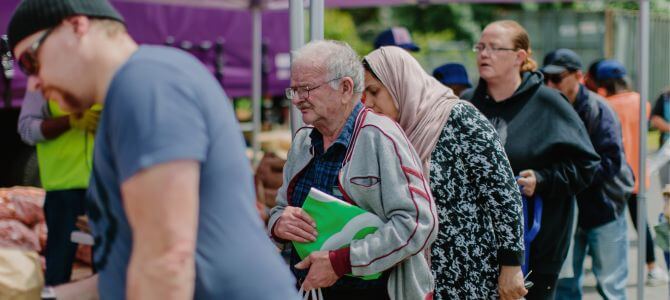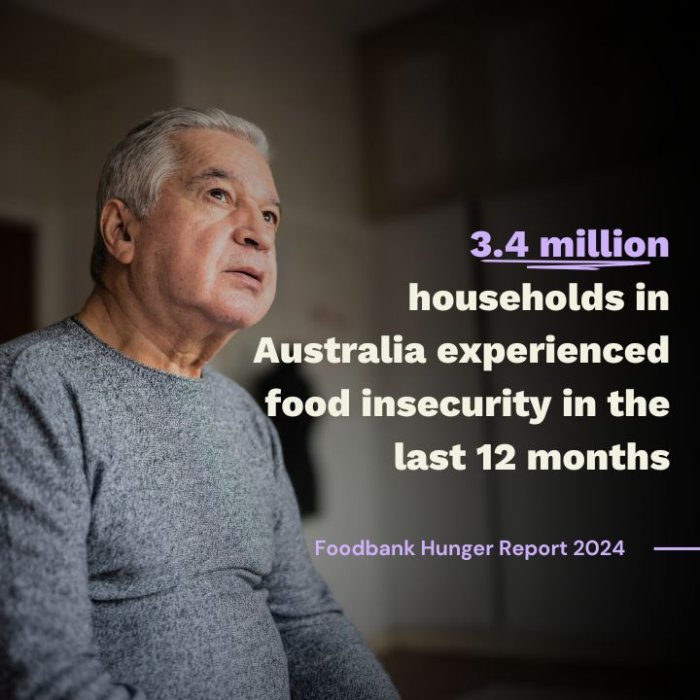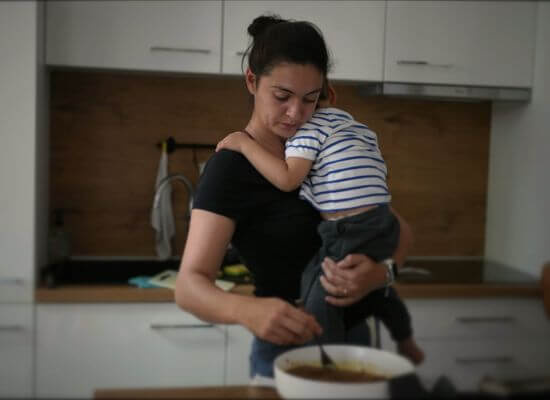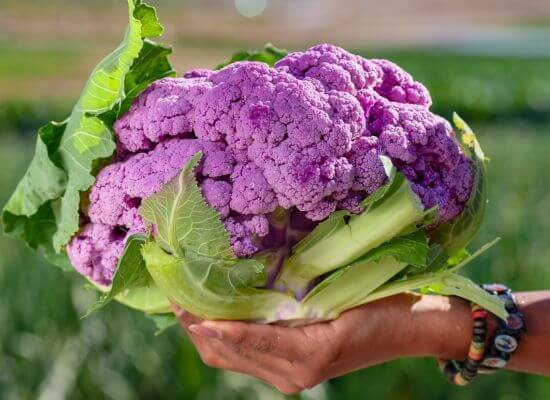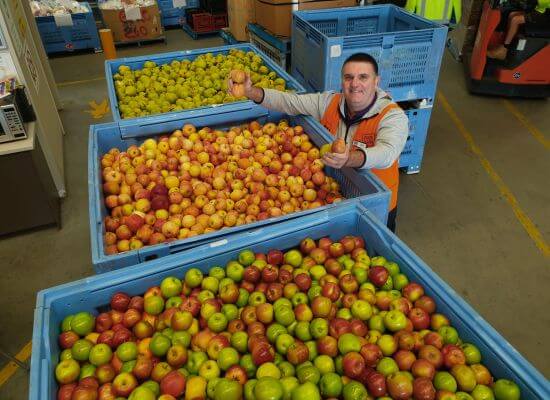What is ‘food insecurity’?
May, 2024
A person is food insecure when they lack regular access to enough safe and nutritious food for normal growth and development and an active and healthy life. This may be due to unavailability of food and/or lack of resources to obtain food.
-United Nations definition
If you are experiencing anything outlined on this page, please know you’re not alone.
Click here to find food support near you.
Who is food insecure in Australia?
Food insecurity is not confined to a specific demographic or region. It affects individuals and families across urban, suburban, and rural areas, cutting across age, gender, and cultural backgrounds. However, there are people in vulnerable circumstances that are harder hit.
Life’s unpredictable nature means that anyone can face food insecurity at any point. Whether it’s the aftermath of a natural disaster, rise in the cost of living, unexpected bills, an unforeseen injury or illness, or the sudden loss of employment, various factors can disrupt the stability of one’s access to food.
Layers of food insecurity
Food insecurity is complex and has significant impacts on the health and well-being of individuals and communities. Food insecurity is not experienced by everyone in the same way and it isn’t all about hunger. It’s the stress of cutting essential items from the shopping list to pay the bills, not having any means of getting to the shops or paying for food, rationing food, or skipping meals.
Differences in food insecurity outlined in Foodbank Hunger Report 2024
Moderately food insecure which means the very least – they are reducing the quality and variety of their food and at worst, not eating regularly.
Severely food insecure which means they are actively going hungry – reducing their food intake, skipping meals or going entire days without eating.
 Contact us
Contact us Log in
Log in
